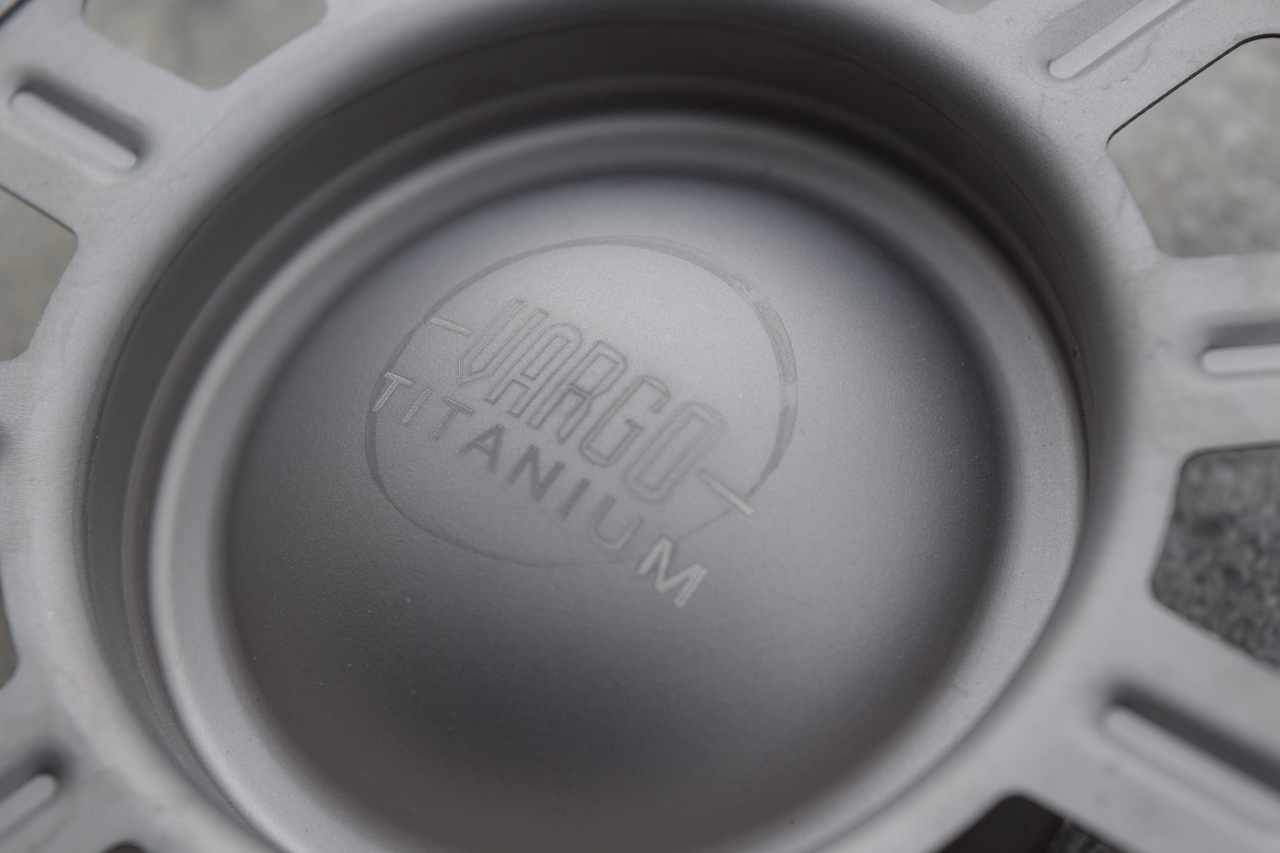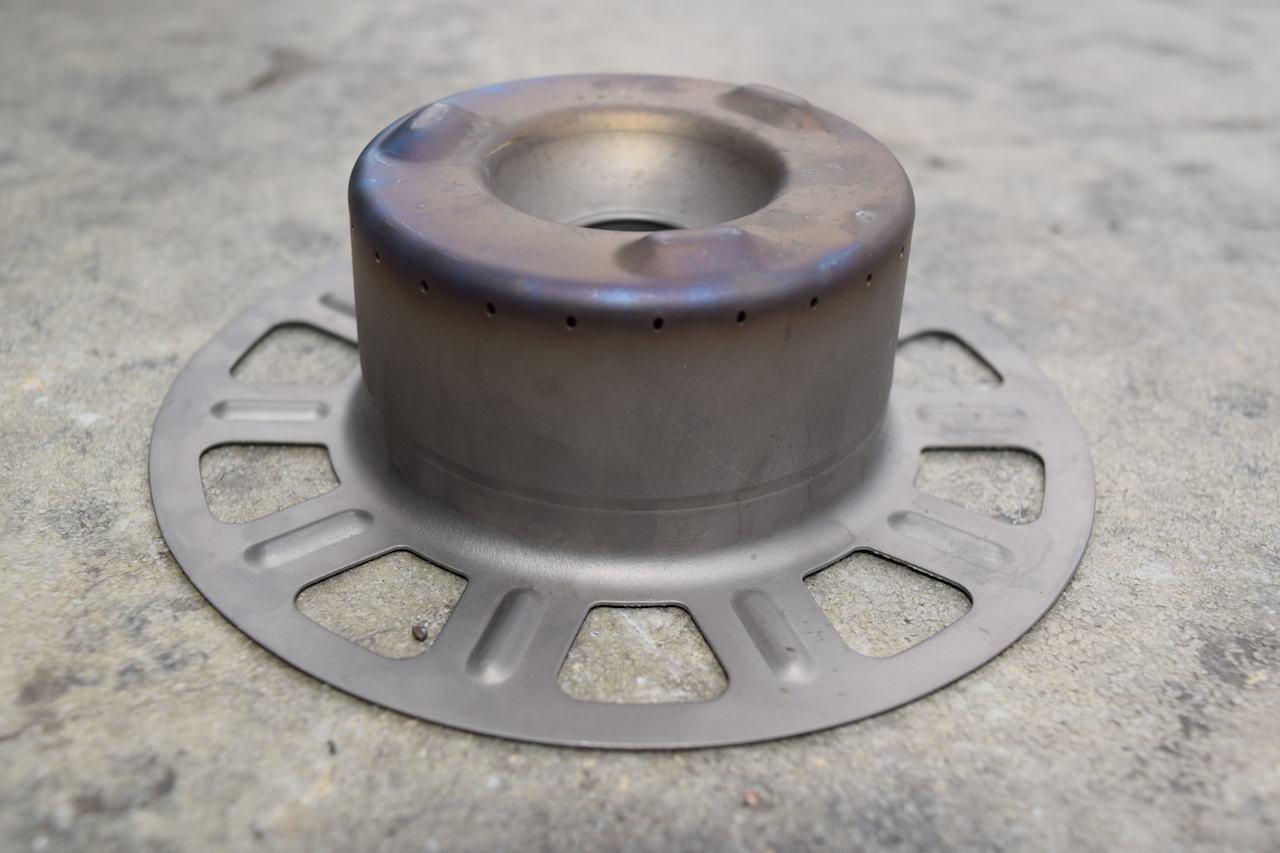Vargo Outdoors Decagon Titanium Stove

Vargo Outdoors Titanium Decagon Stove
A Lot Of Stove In A Lightweight Package
Vargo Outdoors released their Decagon Alcohol Stove a few years back. Since it’s introduction to the market I have wanted to get my hands on it and test it out. Recently I have acquired one and did a little testing of my own. This is my first alcohol stove, my previous one is a tank fed propane & butane beast. Let’s see how the Decagon performs.

Vargo Outdoors Titanium Decagon Alcohol Stove
First Impressions
Right off of the bat I enjoyed the lightweight aspect of the Decagon. It weighs next to nothing at 1.2 oz as advertised. The second thing I was impressed by was the finish. Titanium gear is always attractive in my eyes. The third thing I was thinking was how simple the Decagon and most alcohol stoves are to operate. No more possibility of a mechanical failure as I have been used to tank fed systems. Tank fed is nice but over time the seals and grommets degrade and eventually fail. Also the tanks occupy a pre-measured canister and weight. With alcohol you can carry as little or as much as you like. So far, I am still excited about the Decagon.
How Alcohol Stoves Work
The alcohol stove is pretty interesting little item as it is extremely simple in function. There is a main container or tank on the stove with a certain amount of holes or jets along the top outer ring. The user fills the tank to a capacity which will allow the fuel to mix with air. At this point the fuel is ignited and as the flame reaches the optimal temperature, the liquid fuel will start to vaporize and travel out of the jets. Upon exiting the jets, the vapors will meet the flame, ignite and then bloom into a consistently burning pattern. Now the stove is ready to cook on or boil with. Very simple and extremely reliable. The few variable that cripple this design are fuel quality and wind. With good fuel you cancel that one out and a wind guard defeats the other. Simple and awesome.
Operating the Vargo

Vargo Titanium Decagon Stove
When using the Decagon titanium stove, you want to use quality fuel. The fuel this model calls for is denatured alcohol. Denatured alcohol can be procured from your local hardware store, outdoors shop or online sources. To start using the Decagon, fill through the center hole to the line indicated near the middle of the cone. Sometimes it helps to wet the area around the top and jets for easier ignition. The initial flame is invisible to the naked eye. Fuel vaporization requires time before bloom. After a few minutes the stove will bloom into a beautiful pattern which is consistent and great for cooking.
Final Thoughts
To conclude on the Vargo Decagon, I approve of it for light duty. Meaning it is very good for warm weather in ideal conditions where rain and heavy wind are absent. I will concede that the Decagon requires a wind screen (as does my current stove) so no extra gear here. The difference is that the Decagon is more wind sensitive. After using a few times, it started to gain gorgeous burnt titanium coloration. The blue, yellow and purple really give the stove character and will continue to develop with further use.
All things considered I do like this stove very much. Despite it’s sensitive operation, I would carry it with me in the windy winter. This would be a challenge for me to adapt my use and approach given the conditions and environment. The lightweight is highly appealing to me and simplicity is amazing. Pick one up soon and see for yourself!



